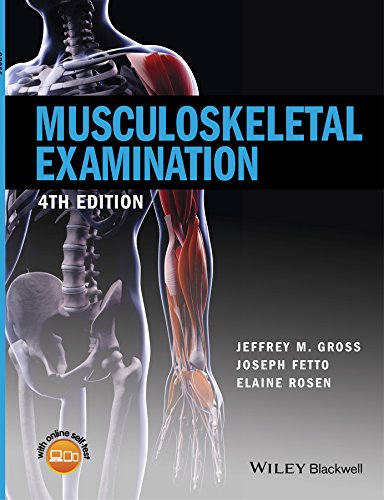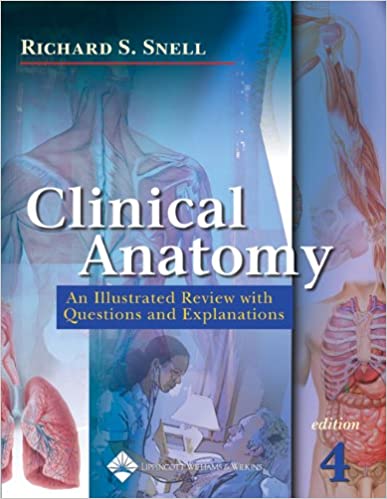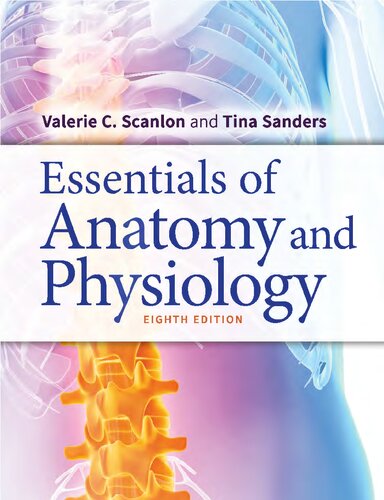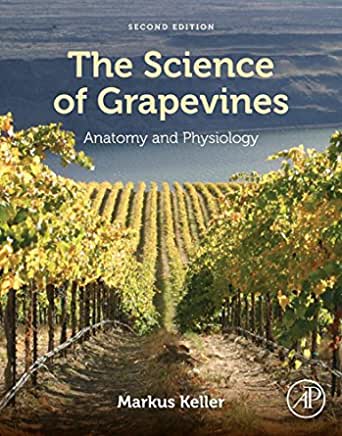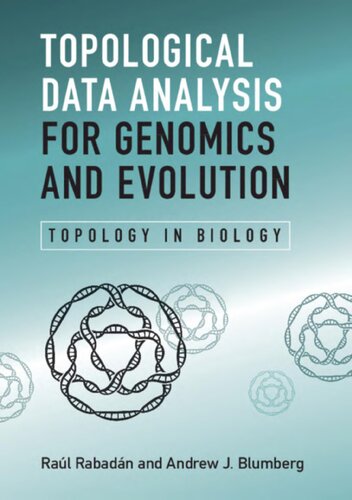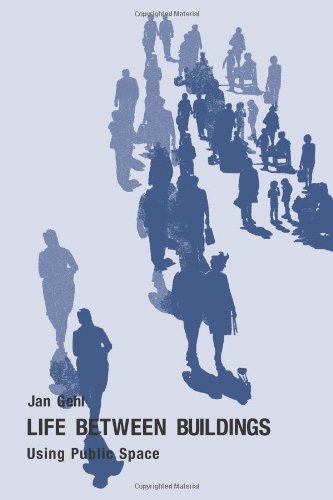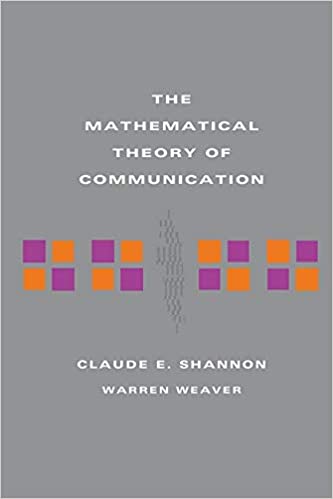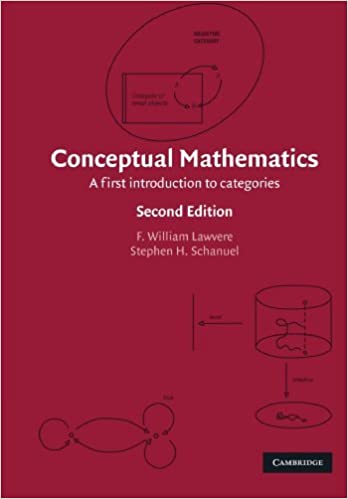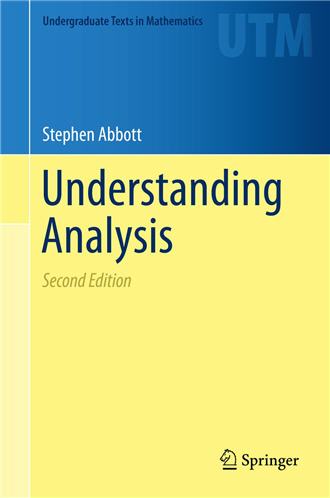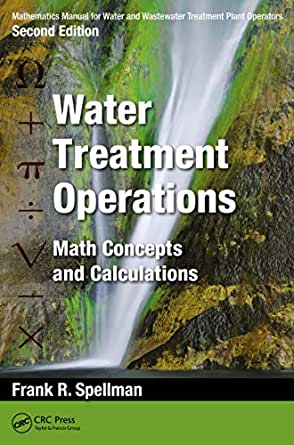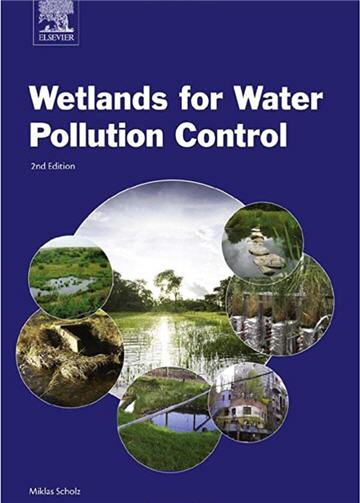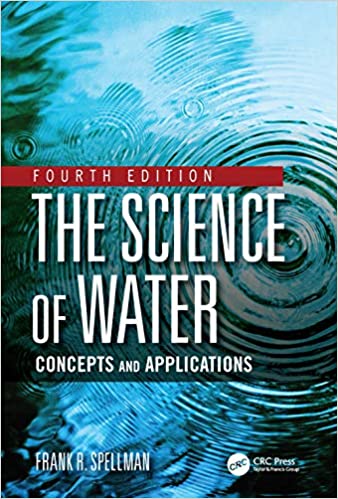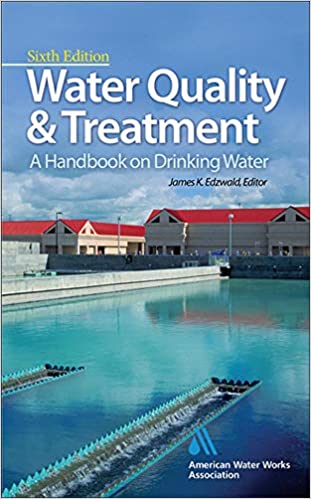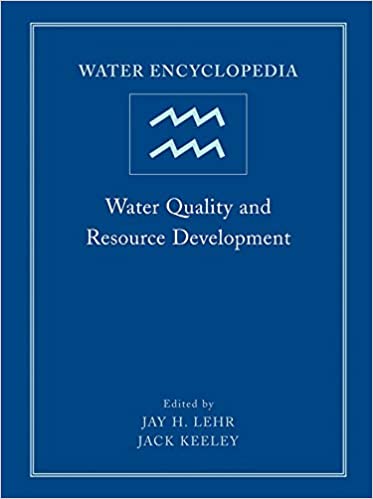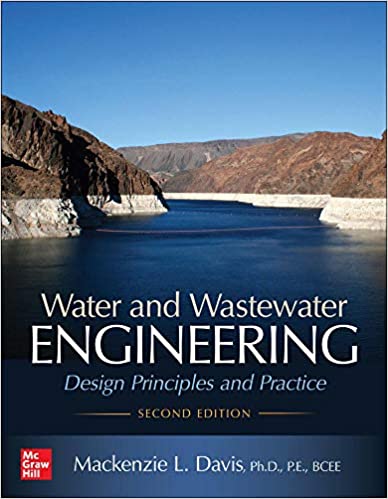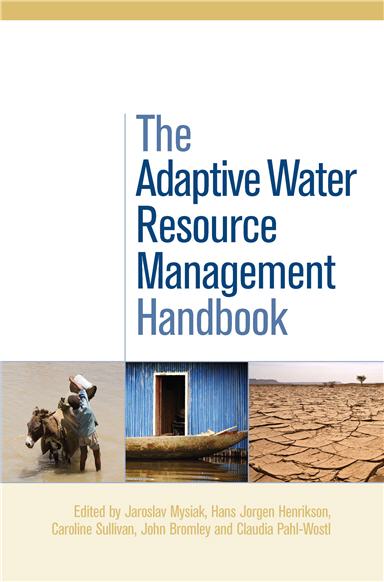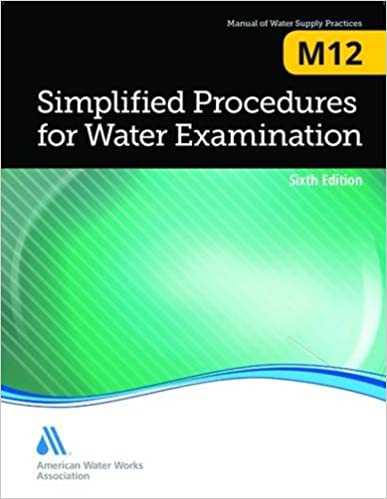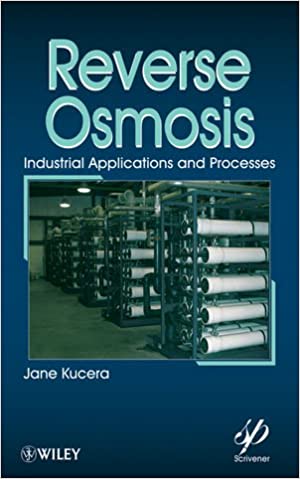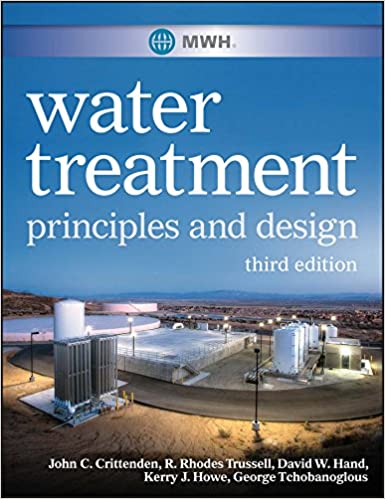
Tuesday, May 31, 2022
Gastrointestinal Anatomy and Physiology: The Essentials 1st Edition by John F. Reinus, ISBN-13: 978-0470674840 | ebookschoice.com
Gastrointestinal Anatomy and Physiology: The Essentials 1st Edition by John F. Reinus, ISBN-13: 978-0470674840 | ebookschoice.com: Gastrointestinal Anatomy and Physiology: The Essentials 1st Edition by John F. Reinus, ISBN-13: 978-0470674840 [PDF eBook eTextbook] Publisher: Wiley-Blackwell; 1st edition (May 5, 2014) Language: English 208 pages ISBN-10: 0470674849 ISBN-13: 978-0470674840 Gastroenterologists require detailed knowledge regarding the anatomy of the GI system in order to understand the disturbances caused by diseases they diagnose and treat. To make that information easily accessible, Gastrointestinal Anatomy and Physiology: The Essentials brings together the world’s leading…
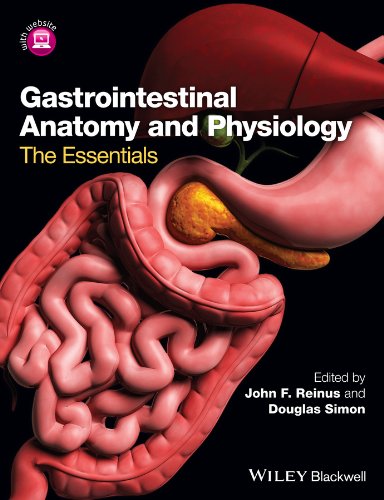
Teacher Quality Is Defined By Reforms Fostered In Teacher Licensure And Certification

There is a growing consensus among many states that standards for accreditation of teacher preparation programs, initial licensing for teachers, and advanced certification for veteran teachers should be aligned. Rules and tests that govern teacher certification have little to do with true classroom performance. Rather than tighten regulations, states are urged to simplify entry and hiring into the profession and allow the market to guide both teacher quality and quantity. There also is a continuing focus on the assignment of state representatives needed to facilitate the assessments, as well as a systemwide strategy to develop and encourage teacher self-assessment as an approach to professional development.
All institutions are required to meet teacher preparation standards. These new standards provide mentors to help ensure that beginning teachers have ongoing accurate feedback about their progress and that teachers use assessments and requirements for continuous professional development throughout their career. Teachers now are required to earn a master's degree or complete hours of graduate credit in classroom teaching and/or in an area of licensure.
Companion elements to the teacher reform agenda are organized to help ensure high quality sources of professional development for all educators and school support personnel and achieve their mission by disseminating exemplary educational practices, facilitating individual and organizational development, encouraging self-reflection and life-long learning, valuing local and regional needs, providing a flexible regional delivery system that is comprehensive and equitable, promoting collaborative leadership, communicating actively with service providers and advocating the use of technology.
Through new initiatives, there also have been organizational adjustments that have signaled an increased emphasis on school-higher educational partnerships to improve teaching and learning. Teacher recruitment has focused particularly on the teaching force becoming more diverse in its promotion of school improvement. One significant strategy for meeting these expectations is the creation of new model projects funded to serve as promising initiatives to draw unrepresentative individuals in the teaching field.
A significant proportion of the funds are directed toward partnerships to work on tasks that would yield a solid set of alternatives for professional development. A partnership assistance and coordination plan for school-higher education partnerships is developed, the goal of which is to establish linkages between the funded school-higher education partnership projects.
The new goals are:
1. To communicate college level expectations through faculty from K-12 and higher education communities collaborating on the definition of freshman admission standards and common placement guidelines.
2. To develop a continuum of early assessment so that educators can pinpoint problems when they first occur and promote continuous progress towards college readiness.
3. To create the “learning extensions” that would link ideas and knowledge of high school teachers with faculty from colleges of education and faculty who teach entry-level college courses in arts and sciences, both at the university and for teacher professional development.
4. To target existing resources that provide incentives for schools, colleges, and universities to engage in collaborative programs.
5. To build a common agenda for data collection, for charting a common path for all education for the 21st century and by appointing a joint council to encourage the ongoing dialogue, collaboration and partnership between K-12 and higher education communities.
The continuing reform will flow out of a teacher development continuum covering teacher quality policy including acceptance into a teacher preparation program, advanced certification by the National Board for Professional Teaching Standards, and ongoing professional development.
A formal expression of systemwide approaches and strategic partnerships — K-16: One issue that sets the new initiatives apart is the integration and alignment of policies and practices across systems. Most notable is the commitment to achieve some degree of collaboration between and among the higher education governing or coordinating board and, where appropriate, university systems, with the state superintendent or chief state school officer. In a couple of instances, other boards and entities that serve the general interests across the continuum of P-16 also are part of the partnerships.
Local partnerships are important in each state as vehicles enabling the K-12 sector to work more effectively with higher education. In most instances, the links to higher education include not only schools of education but also colleges of arts and sciences, and the business community.
The partnerships have undertaken common initiatives and outcomes. For example, there is heavy reliance on the concept of the partnership school or the professional development school. These programs jointly engage K-12 and higher education in the initial preparation of teachers and underscore the importance of continuing professional development, particularly during the beginning years of teaching.
Promoting shared governance and resource allocation: In some instances, regulations have been codified through the state's legislative body, supported by the office of the governor, and resource allocation traced to the reform initiatives. Incentive funding is used to stimulate and enhance the growth and effectiveness of emerging partnerships.
A commitment to teacher quality: Each state has developed a particular agenda on behalf of attaining or achieving teacher quality. Through the P-16 structures, there is a clear link between learner outcomes, pupil achievement in the K-12 sector, and the role of colleges and schools of education in producing teachers qualified to enhance learner outcomes. Beyond this, the states have parlayed interest in teacher education into a commitment not only to the schools of education but also to colleges of arts and sciences. This has evoked, at some level, a greater awareness of making teacher education an all-university responsibility. In addition, the ways in which professors teach in higher education and teachers teach in K-12 are linked through opportunities to work together on issues of faculty/teacher development.
There are emerging statements about outcome assessments and the impact of teacher quality on student success. In every instance, teacher quality is defined by reforms fostered in teacher licensure and certification. The transition in language from teacher certification to teacher licensure makes room for the acknowledgement of national board certification. In every state, there is an incentive program for teacher participation with the National Board for Professional Teaching Standards (NBPTS).
Participation in networks aimed at achieving comprehensive education reform: All states demonstrate a clear link between the state's reform initiatives and national networks. They have also received grants to help expand and strengthen the new programs.
Focusing state policy studies and tools on strategies that address critical state needs: Issues of teacher supply and demand are reaching the forefront. The reform focuses the state's continuing need to import teachers in certain disciplines when the state is overproducing teachers in some of these same areas. Thus, the disconnect remains between the number of teachers prepared and the actual distribution of those teachers to where they are needed, mostly urban sites. In addition, the states have programs supporting diversifying the teaching force, particularly for attracting a more diverse population into teaching.
State Teacher Quality Enhancement Grants: The state grants will support comprehensive statewide reforms that tackle critical system changes. These initiatives include strengthening teacher certification and licensing standards and establishing or strengthening alternative pathways into teaching.
Teacher Recruitment Partnership Grants: The teacher recruitment grants will support partnerships between universities and school districts that aim to attract new students to the teaching profession and reduce shortages. The partnerships must include a college or university with a teacher training program, a school or college of arts or sciences and a high-need school district.
In each state, the issues of standards and assessments and measures of accountability are at the forefront of the reform agenda. The states have some linkage to national accreditation, and they use standards as the vehicle for program approval for higher education in its teacher preparation programs.
While the states have made tremendous gains in coordinating teacher education reform efforts with K-16 initiatives to improve student achievement, many formidable challenges remain. The following suggestions are offered to help state and institutional leaders with the next steps in P-16 reform in relation to teacher quality.
Develop policies that support state-level joint councils or partnerships: P-16 activities often are the result of multiple task forces, commissions, councils, and partnerships formed during the past decade. In many cases, these groups start with different charges but reach similar or identical goals. To some observers, the work of these multiple organizations seems redundant. In some instances, competing recommendations seem to exacerbate disconnects in education policy. One suggestion for supporting and sustaining a systemic P-16 agenda is to authorize state-level councils - a body representing the shared interests of P-12 and postsecondary education - in state law or policy. The primary focus should be to coordinate and enhance the state's P-16 education reform agenda so that policy recommendations and subsequent implementation can have the greatest possible impact.
Institutionalize partnerships at colleges, universities, and local schools: Most of the evolving activity of school-university partnerships has been initiated at the local level. Literally hundreds of professional development school or partnership school initiatives have been developed; however, they often are products of a small group of faculty and teachers agreeing to participate or cooperate, in most cases without the legitimacy or leverage of a full district and full university partnership. Statewide partnerships should continue to encourage local partnerships and find ways to institutionalize them, including through resource allocation or restructuring faculty rewards and incentives. State strategies also should require local school districts and universities to commit matching resources so that professional development schools and clinical programs have stability and longevity.
Increase commitment to university-wide support for teacher education: While the notion of all-university engagement in teacher education has advanced to a proper stage of rhetorical support, examples of effective all-university support for teacher quality are slow to emerge. A number of groups around the country advocate support for teacher education at the all-university level. These organizations have formed task forces to ensure that university system chief executives attend to teacher education. Institution-wide strategies should require actual programmatic integration among education schools, colleges of arts and sciences, and other professions serving the needs of children, youth, and families. Partnerships at the local level among school districts and higher education institutions are stimulated by the federal government's partnership grants requiring commitment and support of the institutions as a stipulation of their applications. Particularly in states where university coordination is the function of a statewide system, support for P-16 partnerships can be orchestrated and supported at the system level.
Align state policies on teacher quality with the needs and concerns of education constituency groups: Among the challenges to the alignment of policies targeting P-16 education reform and teacher quality is the linkage with policies and practices of individual constituent groups. Teachers unions, school district administrators, local parent/teacher organizations, learned societies, and various other political entities strongly affect the conditions that either militate against or ameliorate the goals of achieving enhanced teacher quality. For example, all constituent groups seem to support policies to develop teacher induction programs. However, to ensure that these programs are effectively developed and implemented requires changes across the various interest groups. Hiring practices, as well as job assignments at local school districts, need to change to provide beginning teachers with adequate time and support for professional development. Union contracts need to be modified to provide opportunities for veteran teachers to serve as peer consultants and mentors. Job descriptions and rewards of faculty in education and the arts and sciences will need to be reassessed to allow professors opportunities to work in K-12 schools and help guide the work of teachers in their beginning years of teaching. State-level strategies aligning the advocacy and/or actions of these groups with state-level programs is needed so that policy implementation is possible and policy goals are achieved.
Questions remain. How can states institutionalize strategies to enhance pre-service programs, the role of the arts and sciences faculty in the preparation of teachers, and the roles and responsibilities of education schools, arts and sciences colleges, and the entire university in support of quality teacher preparation? Also not addressed here, but critical to continued policy development in this area, is the need to examine the nature of general education as the foundation for better-prepared teachers, the relationship between community colleges and universities preparing teachers, and teacher access to expert professional development. Statewide P-16 structures provide the foundation for change to occur. The knowledge and skills of teachers and the higher achievement levels of students will provide the proof of real accomplishment.
Jeff C. Palmer is a teacher, success coach, trainer, Certified Master of Web Copywriting and founder of https://Ebookschoice.com. Jeff is a prolific writer, Senior Research Associate and Infopreneur having written many eBooks, articles and special reports.
Source: https://ebookschoice.com/teacher-quality-is-defined-by-reforms-fostered-in-teacher-licensure-and-certification/
Monday, May 30, 2022
Friday, May 27, 2022
The Design of Everyday Things: Revised and Expanded Edition by Don Norman, ISBN-13: 978-0465050659 | ebookschoice.com
The Design of Everyday Things: Revised and Expanded Edition by Don Norman, ISBN-13: 978-0465050659 | ebookschoice.com: The Design of Everyday Things: Revised and Expanded Edition by Don Norman, ISBN-13: 978-0465050659 [PDF eBook eTextbook] Publisher: Basic Books; Revised edition (November 5, 2013) Language: English 368 pages ISBN-10: 9780465050659 ISBN-13: 978-0465050659 Design doesn’t have to complicated, which is why this guide to human-centered design shows that usability is just as important as aesthetics. Even the smartest among us can feel inept as we fail to figure out which light switch or…

Thursday, May 26, 2022
Wednesday, May 25, 2022
Tuesday, May 24, 2022
Excellent Teachers For High-performance Schools - EbooksCheaper.com
![]()
Teacher quality has been one of the most hotly debated education policy issues over the past ten years. Central to the discussions are strategies to align teacher education and professional development programs at colleges and universities with the reform of K-12 education.
In many states, public officials have joined K-12 and postsecondary education leaders to restructure teacher preparation and professional development programs under the auspices of statewide K-16 initiatives. And yet, according to a national commission on teaching, America is still a very long way from realizing that future.
Colleges and universities often have been criticized for contributing to the deficiencies of K-12 schools. Year in and year out, schools of education produce graduates who staff the great majority of our nation's classrooms, with usually significant prowess. At the same time, schools of education are assigned much of the blame for all that is imperfect or lacking in K-12. Common sense suggests that there is plenty of blame to go around and that schools of education can only do what their profession and their universities permit them to do. That said, much stands in the way of their becoming what they must be to produce uniformly excellent teachers for reformed high-performance schools.
It is disappointing that higher education in general has had so little involvement in the contemporary school reform initiatives, thus, begging the question of the relationship of higher education to the K-12 enterprise and the consequences thereof for teacher education.
Work in the states is being supported by a number of national initiatives aimed at reforming the teaching profession, from recruitment to initial preparation, to the transition of the beginning years of teaching, and throughout continuing professional development. These national blueprints for achieving quality in teacher education serve to involve interested states as partners in the design and implementation of effective strategies and programs.
This policy brief will examine state-level strategies aimed at incorporating quality teacher education and professional development programs as part of new state K-16 or P-16 systems. It includes analyses of critical components that contribute to the success of the initiatives. The brief concludes with suggestions of what more could be done to strengthen the preparation and development of quality teachers within states' P-16 paradigms.
The new initiative has identified five goals:
1. To improve student achievement from preschool through postsecondary educa-tion;
2. To help students move smoothly from one education system to another;
3. To ensure that all students who enter postsecondary education are prepared to succeed;
4. To increase access and success of all students in postsecondary education, especially from minority and low income groups;
5. To focus reform of all education organizations on practices that result in children and youth meeting high academic standards.
The last goal focuses specifically on the co-reform of teacher education, advanced educator preparation programs, and public schools toward practices that result in all children meeting high academic standards. To direct the goal of co-reform, the initiative is formed around a statewide P-16 council and several local and regional P-16 councils. These local and regional councils are voluntary groups representing P-16 educators and the broader local communities that collaborate and promote changes in public P-16 education systems. It is important to note that local P-16 councils make recommendations that are advanced to the state P-16 council and then forwarded to the proper authorities and governing boards at the preschool, K-12, adult education, and university system level. P-16 councils are not government structures and they have no authority in policy or in law.
Leadership is critical to the successful establishment of P-16 as a statewide priority. Early work of the teachers resulted in:
- An over-all framework for change;
- Recommendations to increase the availability of alternative teacher preparation programs and to strengthen traditional programs;
- Completion of the state status report of each of the following recommen-dations:
1. Establish standards for both students and teachers,
2. Enhance teacher preparation and professional development,
3. Put a qualified teacher in every classroom,
4. Encourage and reward knowledge and skills,
5. Create schools that are genuine learning organizations.
Areas targeted:
- Develop standards of what students should know and be able to do.
- Develop assessments of student progress from preschool through postsecondary education.
- Design rigorous quality curriculum.
- Create quality teacher education programs and initiatives.
Quality assurance:
1. The university system will guarantee the quality of any teacher that graduates.
2. The university system will guarantee that all of its graduates in early childhood education can demonstrate accomplishment in teaching children to read and to do mathematics.
3. The university system will assure that graduates of its programs for school leaders and counselors are able to create learning environments that support teacher success in bringing students from diverse groups to high levels of learning.
4. Teacher preparation programs will be the shared responsibility of education faculty, arts and sciences faculty, and classroom teachers in the schools.
5. All teacher preparation programs will implement aggressive recruitment policies to increase the numbers, to raise the caliber, and to expand the diversity of teacher candidates and to balance supply and demand.
6. The university system will expand the number of teacher certification programs offered to individuals who already hold bachelor's degrees from accredited colleges in order to increase opportunities for individuals seeking second career teaching.
7. The university system will encourage institutions that prepare teachers to give added emphasis to policies that support the efforts of faculty to model effective teaching, to focus their research on ways to improve classroom teaching and student learning within P-12 schools, and to support increased participation of teacher preparation faculty in the public schools.
Once the regents approved these principles, guidelines for implementation will be developed including key elements, principles, and actions. Implementation of the reviewed programs and practices to meet the full intent of these principles and actions will be phased in throughout the university system.
The overall direction of this policy is to shift from a primary focus on inputs (courses, credit hours, and number of clock hours of internships in schools) to results (teacher, counselor, and administrator candidates able to bring about increased learning of children in schools). However, we recognize that both inputs and teacher and administrative performance are critical to policy effectiveness. Thus, aspects of this policy emphasize courses and credit hours required, as well as performance by focusing on what a candidate must know and be able to do. The primary result of this state initiative will be that all those recommended for teacher certification will have the knowledge and skills necessary to increase the academic achievement levels of diverse groups of students.
The future education of all teachers has a four-part agenda:
1. To set clear and consistent expectations for student learning.
2. To provide effective teacher training and professional development.
3. To eliminate barriers and redundancy between schools and colleges.
4. To provide incentives for collaboration among segments at the local levels to raise student achievement.
Key to this initiative is the new licensure regulation aimed at certifying and re-certifying highly qualified teachers and reforming teacher education. The initiative has many thrusts, including:
1. Strengthening the undergraduate preparation of teachers with an increased emphasis on providing a solid foundation in academic disciplines.
2. Providing school-based professional training in professional development schools.
3. Offering multiple paths to teacher certification.
4. Linking teacher training with school priorities and reform initiatives.
5. Re-examining teacher certification and licensing policies.
6. Developing accountability and assessment throughout teacher education programs and the continuing professional development of teachers.
Recommendations
1. The state should provide incentive funds to accelerate the implementation of the "Redesign" through activities such as the development of performance-based assessments, rewards for K-16 faculty, accreditation of teacher education programs, and the development of continuing professional development for all K-16 educators.
2. Higher education teacher preparation programs should receive national accreditation
3. Initial teacher certification should include performance-based assessments measuring knowledge in academic areas and pedagogy.
4. Students entering teacher preparation programs should complete an extensive student teaching internship in a professional development school.
5. Local school systems should provide career-long professional development, improved student learning, local school system goals, and the individual school's improvement plan.
6. The business community should provide visible and active leadership and advocacy for K-16 professional development.
7. The higher education faculty reward structure should fully credit participation in the reform of K-16 education.
8. Additional resources should be targeted for schools that work primarily with underserved children.
In developing its recommendations, the design team adopted a broad view of professional development and its role in education reform. From this perspective, professional development requires partnerships among schools, higher education institutions, and other appropriate entities to enable teachers to develop further expertise in subject content, teaching strategies, uses of technologies, and other central elements in teaching to high standards. Further, professional development must be accessible statewide as part of the effort to improve and integrate the recruitment, selection, preparation, initial licensing, induction, ongoing development and support, and the advanced certification of educators. Finally, according to the design team, professional development should be evaluated based on its impact on teacher effectiveness and student learning, and this assessment should be used as a guide for subsequent professional development efforts. This comprehensive set of recommendations builds on and reflects the perceived continuum of teacher development and linkages with state policy-making bodies already underway in the state.
In order to examine the state agenda and contribute to the national reform, the proposal is organized around the continuum of teacher professional development. The strategy includes the following components:
Recruitment: A study has been recommended on teacher recruitment to answer the question of why the state imports teachers in high demand areas while overproducing educators in other teaching areas.
Teacher preparation: Increasing the number of institutions with nationally accredited teacher education programs is a priority. Furthermore, the state is focused on institutionalizing professional development schools in colleges and universities. Measurable outcomes include the extent to which are included in institutional language on long-range planning and have effectively engaged their K-12 partners.
Teacher accountability: There are recommendations that the School Report be expanded to include issues of teacher quality, including attendance, licensure, assignment consistency.
Teacher induction: A review has been recommended of the continuing professional development of teachers during the entry years and the degree to which can assist in documenting and disseminating effective strategies for assisting beginning teachers. Beginning teacher support is a statewide priority.
Licensing and certification: There is a continuing focus on upgrading certification with assessment by setting high scores on Praxis tests developed by the Education Testing Service (ETS), using the new standards as models for state performance assessments, minimizing the "credit count" route to licensure, and minimizing the use of emergency certificates.
Megan Wilson is a teacher, life strategist, successful entrepreneur, inspirational keynote speaker and founder of https://Ebookscheaper.com. Megan champions a radical rethink of our school systems; she calls on educators to teach both intuition and logic to cultivate creativity and create bold thinkers.
Source: https://ebookscheaper.com/2022/05/25/excellent-teachers-for-high-performance-schools/


